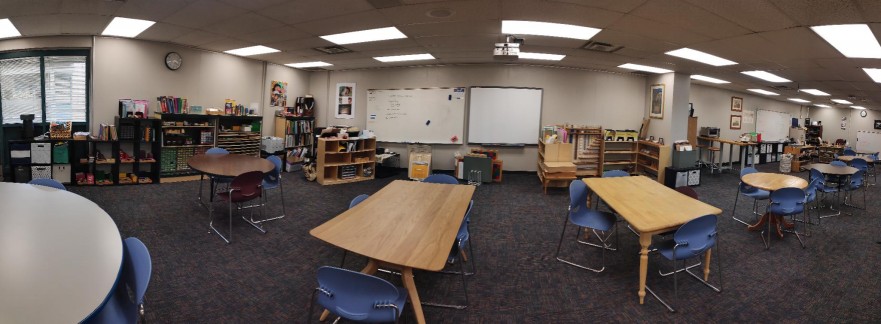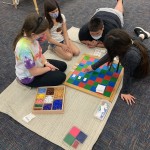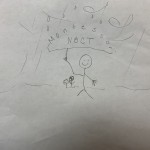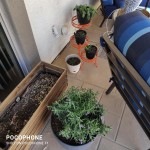This school year is already the year of all years. I thought transitioning to online instruction was a challenge. Nope! I would do it again when compared to how this year has started out. To be fair, this year would have been a challenge for me regardless of COVID. I transitioned to Upper Elementary! As a Montessori teacher, that means I now teach grades 4-6 in one multigrade classroom. Therefore, I have no foundational history with about half of the class of 34 students. For the traditional teacher, that may not be a big deal because you get new students every year and keep them for one year. Montessori students are placed with their teacher for three years. This provides a foundation for growth that follows the child throughout the years with that one teacher. Without this foundation, I do not know how far the child went in the curriculum, other than what the child presents. Considering the effects of online teaching during COVID for about 2 years with a retiring teacher, this equates to the current need to teach and reteach foundational lessons that students should be building on.
Thankfully, I was able to start the year with a prepared environment. This meant that the majority of all teaching and learning materials and resources are available in the classroom at all times. Students would not need to wait to get materials to work. They could start immediately. Then we hit hurdle one: Many students had never worked with the materials. The majority of the materials in Upper Elementary are the same as in Lower Elementary, but they are used to extend learning and bring the child to abstraction. At this level, students should have been able to mostly any material in the classroom and do at least basic works with it. Obviously, this was not possible. Therefore, we had to build foundational knowledge quickly. Students had to begin playing a greater role and taking more ownership for their learning.
Step one was to help students become active agents in identifying the skills:
- they had mastered
- still working on
- still needed to learn
At times this was done through our online learning support program. The program provides a grade-level diagnostic placement for skills in math and language. This gave an overall synopsis, but we learned quickly that the program does not differentiate between subskills students mastered vs. those still in process of mastery. Therefore, our primary tool was data based on in-class observation and skill demonstration during instruction. During live instruction and student practice, we were able to identify areas where students could accelerate learning, helping them quickly progress through introduction and basic level lessons and get to the areas of learning. Students saw areas where gaps interfered with them moving forward quickly. For example, students were able to grasp the steps of squaring numbers quickly, but realized that if they were not fluent in multiplication facts, the process slowed down significantly or they more frequently arrived at the wrong answer. Their involvement in accessing their performances is helping them see the value in mastering skills that they need to move forward faster.
In addition to taking on a new multiage classroom during COVID, I am taking a Montessori course and preparing for NBCT recertification (MOC). I still have a life and a family (believe it or not). This means that I had to put up some clear, firm, and consistent boundaries with students and parents in order to be an effective teacher. Some of these include supporting students in being self-advocates, then holding them accountable to do so. They have to keep a record of their assignments and understand them. They have to know their due dates and honor them. They have to know their online instruction and communication programs and use them. They know how to locate their grades and read their data. They understand their diagnostic data and know to bring to my attention specific subskills they are struggling with. I still communicate with parents via emails and phone, but the students are the primary connection between home and school. Also, they understand that they have to take ownership for their behaviors in the classroom. Distractions take away time from learning opportunities. With COVID still active, we never know when we may be told to switch to online instruction again. Time in the classroom is now a precious commodity.










Comments 1
Boundary setting is such a vital yet under-discussed part of teaching. Thank you for starting the conversation!